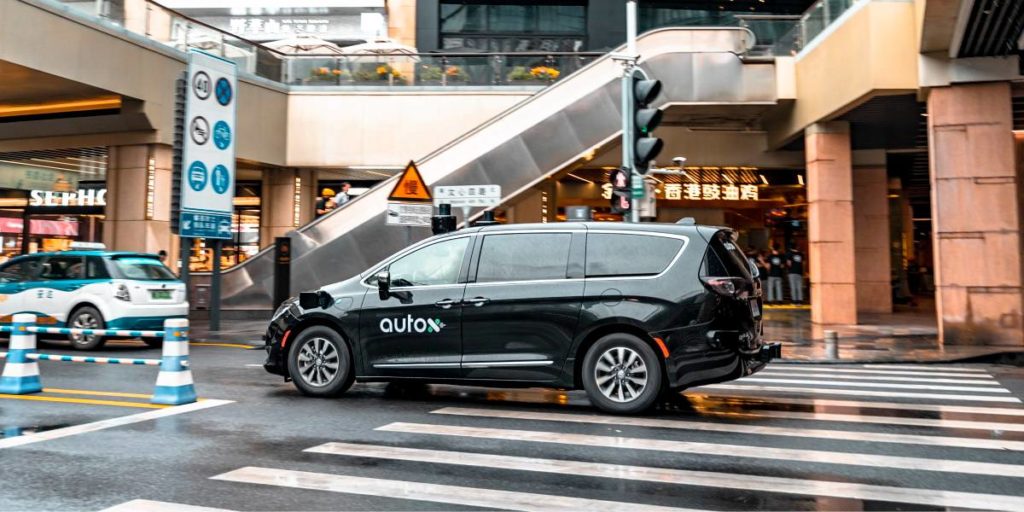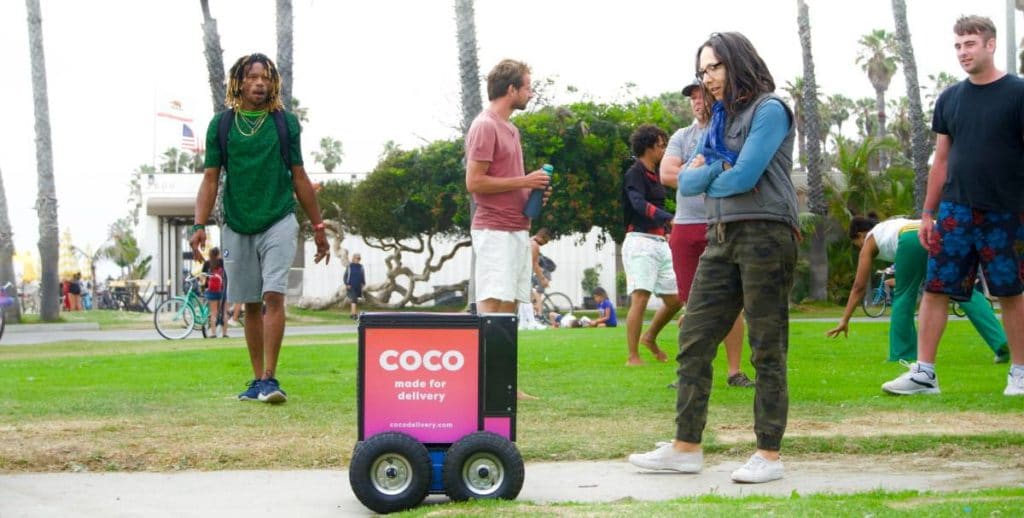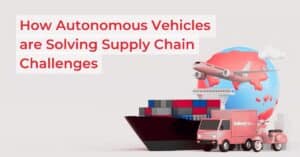Autonomous Vehicles (AVs) have arrived, in a big way. Once a rare and social media-worthy event, sightings of driverless vehicles have become part of the scenery in many places. In fact, it seems that not a week goes by without the announcement of another new AV-powered service.
Autonomous driving is a remarkably complex problem, as evidenced by the huge investments made in the space. “You have to peel back every layer before you can see the next layer of challenges for the technology,” said Nathaniel Fairfield, a Waymo software engineer. This has led to a focused approach along the path of least resistance by companies who are focusing on clearly defined use cases for strictly defined Operational Design Domains that limit the challenges and offer a path to ROI and a profitable future. As stated by Sterling Anderson of Aurora, the “…path to market starts where it [Aurora] can make the largest impact the fastest. Trucking is that market for a host of technical and economic reasons.”
We’re now starting to see the results of this focused approach, and it’s only the beginning. The near future will bring more and more AVs deployed across diverse use cases and ODDs.
Let’s take a closer look at some of the driverless vehicle use cases that are being deployed.
Robotaxis Are Everywhere
The driverless robotaxi use case is probably one of the first that comes to mind when thinking of AV implementations that are being currently deployed. There are currently hundreds of AVs taxiing passengers around with no driver behind the steering wheel in the US and China.
Some of the companies behind this cutting-edge service have even received permission to start charging customers for rides, including two in the U.S.–Waymo and Cruise–which were recently issued permits by California’s DMV.
Another U.S.-based company, Argo AI, is licensed to offer the public free rides in California. Other companies with this coveted license–which permits driverless operations without a human safety operator present and is just one step out of a multi-tiered process on the way to commercial licensing–include Aurora, Deeproute, Poni.ai, and Zoox.
In China, Alibaba-backed AutoX launched its driverless robotaxis to the public in Shenzen last January after successful operations, albeit with a safety driver, in Shanghai throughout last year. WeRide, which is supported by the Renault-Nissan-Mitsubishi alliance, has plans to put 3,000 robotaxis on the roads of China within 2 years. Last May, tech giant Baidu deployed its commercial driverless taxi operation in Beijing, the first for the entire country.

Staff Shortages Drive AV Adoption in the Trucking Industry
AV isn’t all about comfort and convenience–in some cases, it meets pressing market needs. The trucking and heavy-duty logistics industries in particular have had a hard time filling their workforce lately. This shortage is due in part to the harsh conditions of the trucking lifestyle and the effects of the pandemic; autonomous trucking promises to fill this gap while providing improved safety.
But the potential doesn’t end there. Autonomous trucking can increase efficiencies beyond those enabled by even the most proficient human driver. Specifically, projections point to a 30% reduction of cost-per-mile achieved through lower labor costs, optimized drive times and ranges, improved fuel efficiency, and enhanced safety performance.
Trucking does seem to be the perfect application for AVs as most of the driving takes place on interstate and state highways, which are wider, less congested, and make for smoother driving than inner city roads.
Optimizing Autonomous Vehicle AI for Well Defined Use Cases
The trucking industry is a great example of how specialization and focus can simplify the autonomous driving AI challenge. Overland goods shipping can be broken down into 3 different types of use cases–long haul, middle-mile, and last-mile. Long haul is a catchall term that defines long-distance trucking and usually encompasses any trip that requires overnight accommodations. Middle-mile covers the haul between the regional distribution center and the last point of the supply chain, the actual stores. Last-mile is the term for delivering items between the store/logistics center and the end client.
Each of these use cases boasts different road conditions, environmental conditions and cargo needs. The industry is already specializing itself along these lines and responding with creative solutions to an array of problems that each brings with it.
Earlier this year, Plus announced that it would be running a pilot program for SF Express in China. The pilot’s results show that Plus’ AV trucks successfully drove more than 100,000 km on 2 separate long-haul routes without a single safety issue while delivering a 20% fuel cost reduction throughout. If that wasn’t enough, Amazon is buying 1,000 AV truck systems from them with an option to acquire a 20% stake in their company at $200 million, according to reports from Bloomberg.
AV company TuSimple recently reported that its autonomous trucks hauled fresh watermelons for 951 miles in just 14 hours, a job that usually takes 24 hours. Kodiak announced that their self-driving AV trucks are already making commercial deliveries with a safety driver. The company has been focusing on middle-mile highway routes since August of 2019. According to Daniel Goff, their Head of Policy, “We deliver freight every day for customers–real paying customers.”
Gatik, on the other hand, offers middle mile delivery AV solutions, working with the likes of Walmart and Loblaw Companies Ltd. in Canada.
Finally, Nuro specializes in last-mile deliveries, offering a vehicle that knows how to make curbside deliveries. The company has agreements with Walmart, Kroger, CVS, and Chipotle and is licensed to charge for its services in California.
COVID-19 Accelerates Adoption of Delivery Robots
Delivery robots became a hot ticket across many closed European and U.S. college campuses over the last year. Starship Technology robots deliver lunches to students on 25 different campuses, while Kiwibot recently partnered with Sodexo to deliver fresh meals from Sodexo-serviced facilities on college campuses.
In Canada, delivery robots are being used in collaboration with cellular companies that have deployed 5G networks. This highlights the critical need for high connectivity, especially for delivery robots that rely on human teleoperators to navigate highly condensed streets in urban centers. Teleoperation is the use of remote human operators that guide AVs when they encounter situations that their AI engines don’t know how to respond to. Coco Delivery, which recently raised $36 million, uses remote teleoperators to guide its delivery robots around the streets of Los Angeles.

Coco remote-controlled delivery robot in Venice, LAToyota deployed delivery robots tasked with bringing food, drinks and equipment to athletes throughout the Tokyo 2020 Olympics.
🚨 We have robots carrying #rugby balls on the field 🚨#StartYourImpossible @Toyota pic.twitter.com/mJoAzOVYm4
— Olympics (@Olympics) July 26, 2021
Untapped Potential in Geofenced Areas and Fixed Routes
A number of significant challenges must be overcome before the complexities of AV can be completely solved. These challenges include issues such as mapping and location as well as ensuring safety when AVs are faced with unpredictable 3rd party behavior from people, machines, or environmental conditions. There are several specific use cases that simplify these issues by eliminating any number of those challenges. One example of such a use case would be shuttles in geofenced areas such as campuses or fixed routes, both of which minimize navigation challenges.
EasyMile is an AV company that specializes in providing robo-shuttles in geofenced areas. According to their reports, they currently deploy their product in over 300 locations in more than 30 different countries. These robo-shuttles offer driverless transport within closed areas, including college campuses and hospital grounds in places like Singapore and Saudi Arabia as well as airports in Japan and fixed routes on city streets.
AV for Logistics: Autonomous Forklifts, Tuggers, and Pickers
Environments such as logistics yards and service centers simplify some of the safety and mapping challenges for AV. However, the extremely precise work that forklifts, tuggers, pickers, and other logistics vehicles do mandate the introduction of more advanced control capabilities for mechanical actions. To achieve the required level of control, these AV machines often rely on remote human teleoperators. Such a use case reduces the risks to workers and opens up new possibilities to employ a wider range of staff including physically impaired individuals.
But logistics centers are just the tip of the iceberg. In Canada, Swap Robot’s autonomous snowplows clear sidewalks at night. Autonomous lawnmowers were commercially launched by Graze earlier this year as a way to increase efficiencies and introduce cutting-edge AI technology into the $101.7 billion landscaping market (in the U.S. alone).
The Future of Driverless Vehicles is Already Here
If you thought AV was still in the realm of science fiction, we hope that this article has shed some light on the current reality of this exciting–and already operational–industry. AVs are here, and already delivering value to customers and the companies that develop them. Specifically, AVs are currently being used to taxi customers, deliver food, transport goods, shuttle people around in closed, geofenced areas and in material handling vehicles such as forklifts.
This focus on specific, viable use cases allows companies to move faster by developing relevant technology and solutions specifically for them. More often than not, while maintaining a human-in-the-loop as a backup. This, in turn, helps those companies generate value and revenue while accumulating knowledge and developing solutions that help the entire industry move forward faster.
Need teleoperation-grade connectivity?
"*" indicates required fields
*By clicking submit I agree to receive emails from DriveU.auto. I understand that I may opt-out of Driveu.auto subscriptions at any time.






